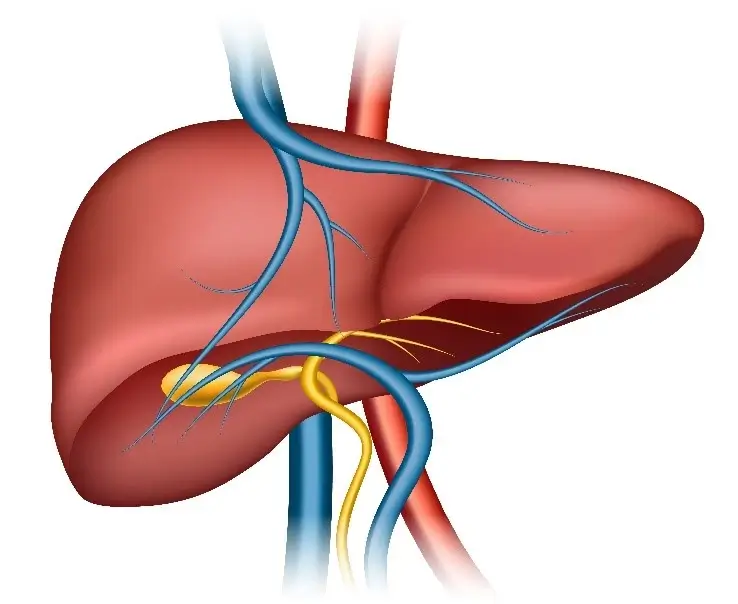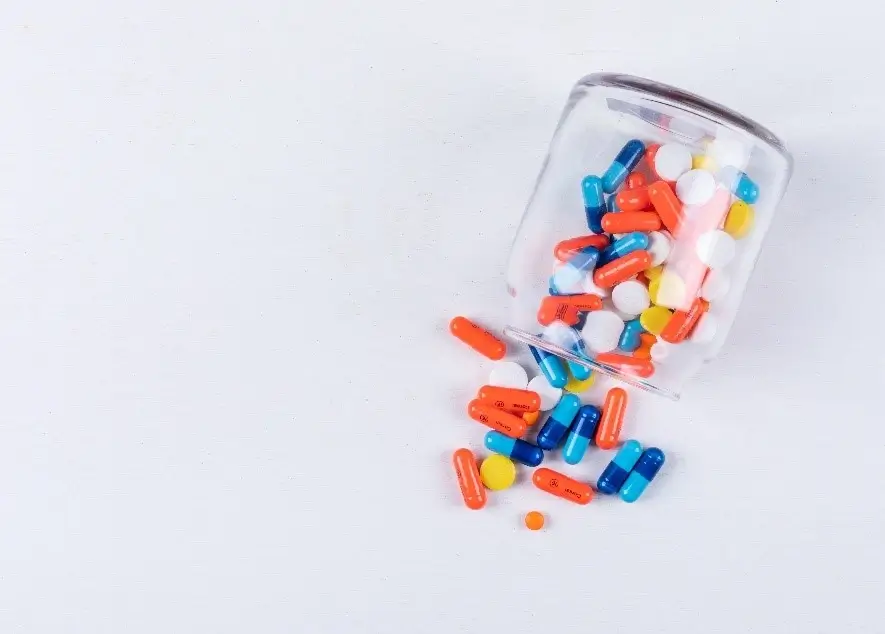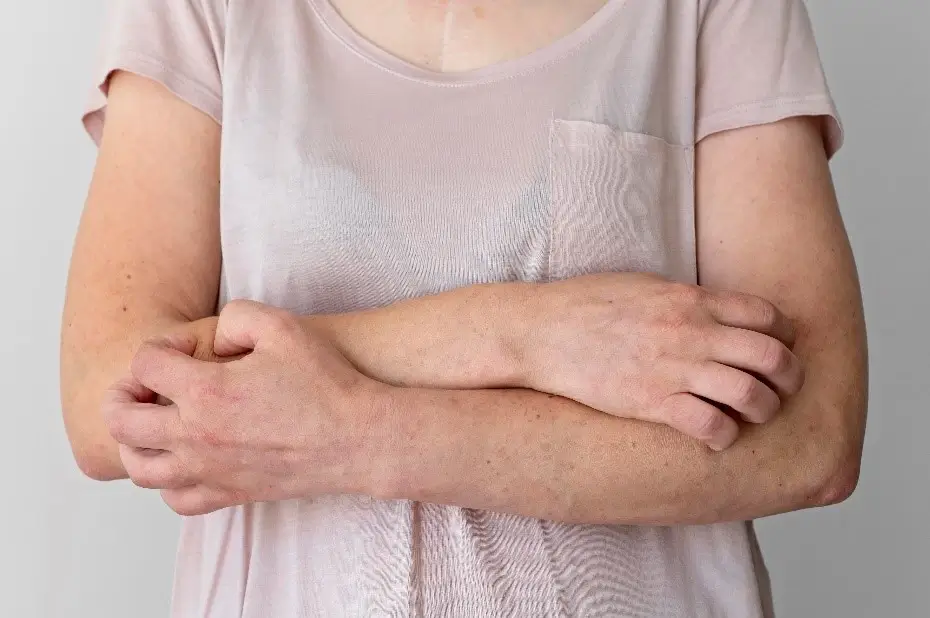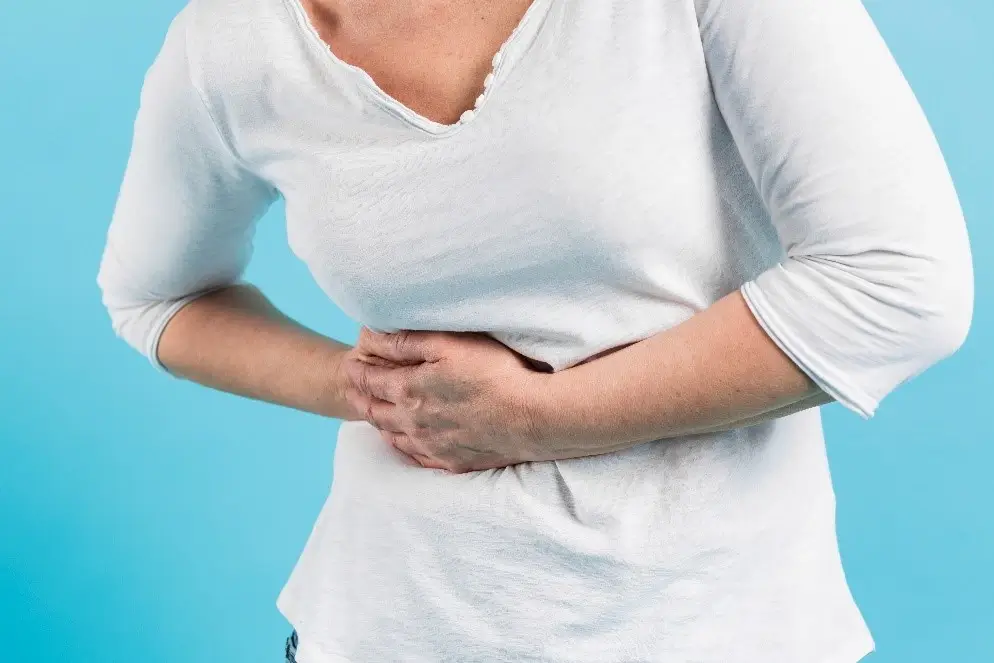The liver is the largest organ in our body and plays a crucial role. It helps break down food and also eliminates toxins from our system. Without a proper functioning liver, there are chances of the further complications. Fat in liver is seen in most people who have unhealthy lifestyle habits. It is also a common condition these days as people have been living a very life that is unhealthy. Consumption of junk food, processed foods and moreover lack of exercising leads to health issues. If you have been making such life choices, it’s time to change these habits.

To determine fat in liver, you should know that there are two types:
- Non-alcoholic fatty liver disease (NAFLD) which is caused due to unhealthy lifestyle choices
- Alcoholic fatty liver disease (AFLD) which is caused to due to excessive drinking of alcohol
The non-alcoholic fatty liver disease (nafld) is triggered by factors other than alcohol; mostly eating habits, illnesses and lack of physical activity. In case of alcoholic fatty liver disease, it is triggered by excess consumption of alcohol. It is important for the healthcare professional to determine the type of liver disease you have so that an appropriate treatment plan can be worked out.
What is fat metabolism and how does fat metabolism in liver disease happen?
Understanding fat metabolism in liver disease is very crucial. As we know, the liver is the largest organ in our body and primarily controls carbohydrate and lipid metabolism. The strange metabolism of carbohydrates and fats due to an imbalance in hepatic metabolism can lead to insulin resistance in insulin sensitive tissues such as the liver.
It is said that several metabolites of carbohydrates and fats can lead to life-threatening conditions. As a result, it is essential to maintain fat metabolism in liver disease. Fats are never easy to break down when some is suffering from liver disease. Fat metabolism in liver disease can happen only when the liver is healthy or when it begins to heal.
What are the medications to avoid with fat in liver disease?

Certain medications can become a problem for those with liver disease and hence it is vital that you inform your doctor of any medication that you may be on.
Here are a few medications to avoid with fat in liver disease:
- Acetaminophen helps bring down fever and is a pain reliever but should be avoided if you suffer from liver conditions.
- Amoxicillin/clavulanate is an antibiotic and should be avoided as liver damage is seen shortly after its use.
- Among the medications to avoid with fat in liver disease, Diclofenac which is an anti-inflammatory drug should be avoided at all costs.
- Anti-seizure medications are a big no as they are known to cause liver damage. Speak to your doctor if you are taking it, so that an alternative can be prescribed.
- Isoniazid is used to treat TB but is also known to cause acute liver damage. Consult with your doctor to know what needs to be done next.
Other than the ones mentioned above, there are many medications to avoid with fat in liver disease. So, make sure you always tell your doctor all the medicines you are currently on, to avoid future complications.
Can stress cause fat in liver disease?
Given our lifestyle, stress can lead to a lot of medical conditions. But, can stress cause fat in liver disease? According to some recent studies, ER (endoplasmic reticulum) stress is one of the key reasons for non-alcoholic fatty liver disease (NAFLD). So, if you are still wondering whether, stress can cause a fat in liver (Liver Fat) disease, then you should know that the answer is affirmative. As difficult as a situation may seem, keeping away from stress is one way to avoid any form of medical conditions.

People often brush off the thought of stress causing an illness. The truth is that it does contribute to the decline of our overall health. It is therefore said, that no matter what illness you encounter, it is important to stay positive as it helps in the recovery process. So, if you are still wondering if, stress can cause a fat in liver disease? Then think again. Because, it really does.
What does poop look like with fat in liver disease issues?
Have you ever wondered what does poop look like with fat in liver disease and whether it can show some signs? Well, if the liver does not produce enough bile, or if the flow from the liver is blocked, the poop looks pale. So, in case you have been thinking about what does poop look like with liver disease (Liver Fat) and maybe having doubts of liver problems, then check the colour of your stools. It will help you self-diagnose after which you should immediately see your doctor.
What part of the body itches with fat in liver problems?
If you have been wondering as to what part of the body itches with fat in liver problems, then there are certain areas of the body that can cause this distress. During the late evenings or during the night the itchy feeling gets worse. Some people feel the urge to itch in just one area like the soles of their feet, limbs or palms. So, what part of the body itches with Liver Fat problems or can it affect the whole body? The truth is that some people feel itchy on their whole body and not just one part.

The part of the body that itches with fat in liver problems are worsened by the following factors:
- Exposure to heat
- Stress
- Periods
- Pregnancy
- HRT (hormone replacement therapy)
Living with fatty liver disease is not easy and yet there are so many people battling this condition all over the world. Even though the main causes of the disease are not yet determined, there are some indications that give a clearer picture. Of course there are tests that will help you understand whether or not you have fatty liver, but at the end of the day it all comes down to whether or not you can make certain lifestyle changes to better your life.
NASH24X7 is a digital platform to help bring about awareness about Non-Alcoholic Steatohepatitis (NASH), Non Alcoholic fatty liver disease (NAFLD), Obesity, Liver Fat, Cirrhosis, Hypertension and Diabetes, visit our website for more information.
Follow Malad Culture for latest news and updates.
